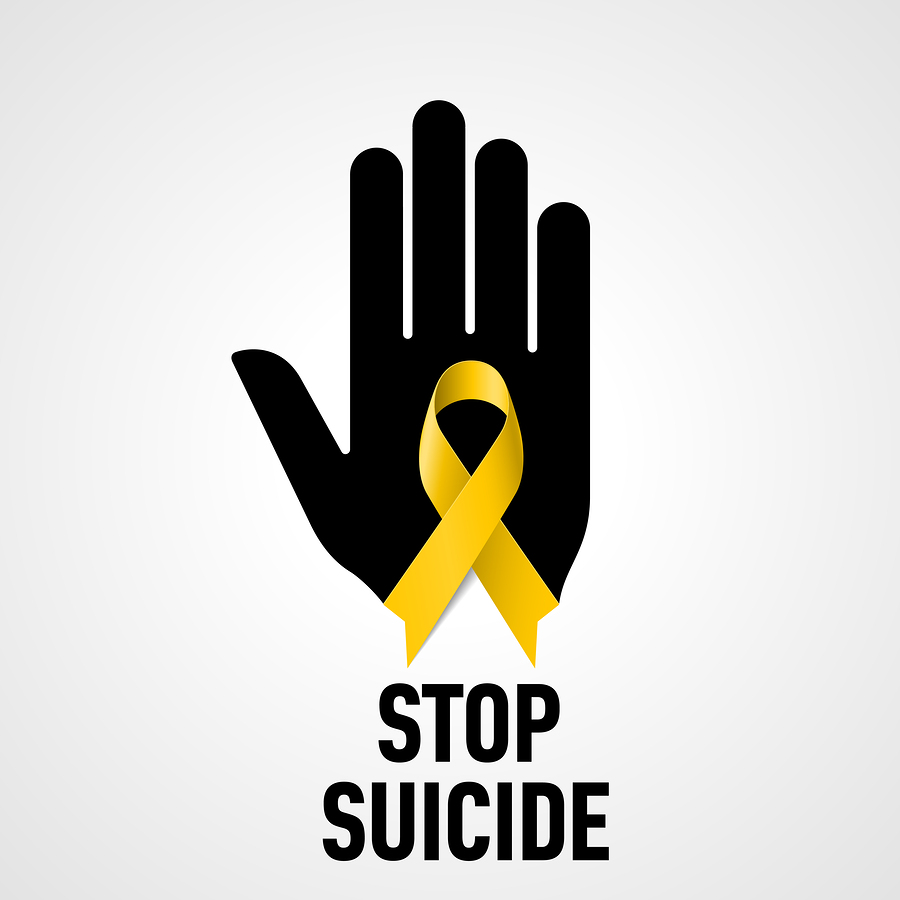 Two weeks ago, researchers from the Division of Intramural Research Programs (IRP) at the National Institute of Mental Health (NIMH) launched a new suicide screening toolkit for use in a variety of healthcare settings. The Ask Suicide-Screening Questions (ASQ) toolkit is available to health professionals at no charge with the goal of assisting physicians and nurses to more quickly and effectively “identify youth [aged 10 to 24] at risk for suicide”.
Two weeks ago, researchers from the Division of Intramural Research Programs (IRP) at the National Institute of Mental Health (NIMH) launched a new suicide screening toolkit for use in a variety of healthcare settings. The Ask Suicide-Screening Questions (ASQ) toolkit is available to health professionals at no charge with the goal of assisting physicians and nurses to more quickly and effectively “identify youth [aged 10 to 24] at risk for suicide”.
Overseeing the creation of the toolkit was NIMH IRP researcher and clinician Dr. Lisa M. Horowitz, Ph.D., M.P.H., who said, “Early detection is a critical prevention strategy.” According to Horowitz, suicide is a major public health concern in the United States, but “even more common than death by suicide are suicide attempts and suicidal thoughts.”
NIMH’s press release announcing the toolkit cited 2015 statistics from the Centers for Disease Control and Prevention (CDC): “More than 5,900 youths between the ages of 10 and 24 died by suicide”.
In an April 2016 article for The New York Times, writer Sabrina Tavernise provided more urgent statistics writing that American suicide numbers had “surged” to levels higher than the past 30 years. She indicated that suicide prevention programs across the U.S. were “spotty” with some health care centers and hospitals screening “for suicidal thinking”.
The website of the Canadian Association for Suicide Prevention (CASP) indicates that on any one day, 11 Canadians will take their own lives and 210 others will attempt suicide each day. Ranked as the ninth leading cause of death in Canada in 2012, CASP confirms: “To be certain, suicide is a critical public health issue in Canada."
According to Horowitz, the NIMH sees it suicide screening kit with far-reaching use. “Emergency departments, inpatient medical/surgical units, and outpatient primary care and specialty clinics offer a promising opportunity for suicide screening and intervention”.
Horowitz said very often families only use the health care system by reporting to hospital emergency departments for help. Nevertheless, she continued, “Most people don’t show up to the emergency department and say, ‘I want to kill myself.’ They show up with physical complaints and will most likely not discuss their suicidal thoughts unless they are asked directly.”
The NIMH research team underlined the fact that most people who commit suicide, and die as a result, will have visited “a healthcare provider within months before their death”. The researchers saw this window of time as a chance to pinpoint “at risk” individuals and provide them with access information to mental health assistance.
Horowitz and her team of developers believe their resource will provide the questions necessary for professionals to make that first assessment of a patient’s risk for self-harm faster and more accurate.
The ASQ toolkit is comprised of only four, uncomplicated yes-no screening questions that requires only 20 seconds to ask of a patient presenting in an emergency room or other healthcare facility. Horowitz and her colleagues had initially tested 17 potential questions on a field of 524 patients aged 10 to 21 years.
Of the 17 test questions, “four stood out as having the most accuracy for predicting suicide attempts: current thoughts of being better off dead, current wish to die, current suicidal ideation, and history of suicide attempt.” These four became the questions formulated for the new toolkit.
The NIMH researchers found that a yes to one or more kit questions “identified 97 percent of youth (aged 10 to 21 years) at risk for suicide”. If a patient is considered to be a “positive screen” for suicidal thoughts, a fifth question will be asked to assess the imminent danger the individual poses to their own wellbeing. In all settings, however, “clinical judgment can always override a negative screen”.
Horowitz explained, “Each [healthcare] setting needs to have a plan in place to manage patients that screen positive. The ASQ toolkit will help with suicide risk screening, but also provides tools for the management of patients who are found to be at risk.”
Together with her team, Horowitz realizes further research will be required—assessing future results of the “impact of suicidal screening [especially] in pediatric emergency departments”. Nevertheless, the ASQ toolkit illustrates “the first time such a screen has been validate for pediatric and young adult patients”.
The ASQ is currently available in Arabic, Dutch, English, French, Hebrew, Korean, Mandarin, Portuguese, and Spanish. To learn more or download the toolkit, visit www.nimh.nih.gov/ASQ.
NIMH and the ASQ provided a list of U.S. suicide prevention resources. Some of those include:
- Crisis Text Line: Text HOME to 741-741
- National Suicide Prevention Lifeline: 1-800-TALK (8255)
- Substance Abuse and Mental Health Services Administration: www.samhsa.gov
In Canada:
Canadian Association of Suicide Prevention: https://suicideprevention.ca/need-help/
References
Canadian Association for Suicide Prevention. (Retrieved January 21, 2018). Suicide in Canada. https://suicideprevention.ca/understanding/suicide-in-canada/
National Institute of Mental Health. (January 12, 2018). Intramural Researchers Develop Suicide Risk Screening Toolkit for Medical Settings. https://www.nimh.nih.gov/news/science-news/2018/intramural-researchers-develop-suicide-risk-screening-toolkit-for-medical-settings.shtml
Tavernise, S., (April 22, 2016). The New York Times. U.S. Suicide Rate Surges to a 30-Year High. https://www.nytimes.com/2016/04/22/health/us-suicide-rate-surges-to-a-30-year-high.html?mtrref=www.google.ca&gwh=832A764D6D51C252141C0A2F18ADE899&gwt=pay